Elton Mwangi • January 1, 2024
Why You Should Prioritize Pre-Tax Voluntary Benefits Over Core Benefits


You offer your employees medical coverage, life insurance, dental coverage, and other benefits, but it’s rare we get the chance to save them money. Pre-tax benefits allow you to save your employees and the company money.
Once certain legally required benefits are offered, you can prioritize pre-tax voluntary benefits over core benefits.
LEGALLY REQUIRED BENEFITS
The U.S. Department of Labor Statistics categorized employee benefits into two categories:
Voluntary Benefits
Short-term disability
Pet insurance
Group life insurance
Tuition reimbursement
401(k) savings plan
FSA & HRA accounts
And many more
Legally Required Benefits
Social Security & Medicare
Unemployment insurance
Worker’s Compensation Insurance
Paid Family Medical Leave (FMLA)
Legally required benefits are meant to help employees if they experience a loss in wages due to a workplace injury, loss of work, a disability, or because an immediate family member fell ill.
Disability insurance is required in certain states like New York, New Jersey, Rhode Island, Hawaii, California, and Puerto Rico. Applicable large employers (ALEs) are required to offer adequate and affordable employer health coverage.
Applicable Large Employers (ALEs): Employers with 50 or more full-time or full-time equivalent employees.
What’s considered to be “affordable” is adjusted by annual inflation. Giving access to a network of specialists and providers allows you to meet the minimum value standard of adequate medical coverage.
Check with your benefits administrator if you have questions regarding your particular state’s requirements.
WHAT PRE-TAX BENEFITS DO FOR YOU
Pre-tax benefits are deducted from the employee’s paycheck before state and income taxes are deducted, in turn reducing the taxable income amount.
What Are Pre-Tax Voluntary Benefits?
By lowering your employee’s taxable income, you also lower the amount you pay in employee-related taxes.
Employee Related Taxes
Federal Unemployment Taxes (FUTA)
Federal Insurance Contributions Act (FICA)
State Unemployment Insurance Tax (SUI)
It’s great to be able to save money, but will employees want the pre-tax fringe benefits you’re offering?
FRINGE BENEFITS EMPLOYEES WANT MOST
To stay competitive in the job market as an employer, you might have to beef up your benefits package. The pandemic made employees really consider which benefits matter the most and which ones were just okay.
An employee benefits survey was done last year in 2020 by Fractl and they asked employees which benefits they wanted most. Here are some of the top fringe benefits employees are looking for in 2021.
BETTER MEDICAL & DENTAL BENEFITS
Better medical and dental benefits ranked the highest, 88% of employees would take this into consideration before selecting the job. 54% would even strongly consider before making their choice.
STUDENT LOAN DEBT & TUITION ASSISTANCE
With student loan debt constantly growing, employees placed these two benefits at numbers 6 & 7 on the survey. As the cost of college and related debt continues to rise, more employees will seek employers offering student loan debt and tuition assistance.
FREE MEALS, SNACKS, & BEVERAGES
Surprisingly, free food still made the list. This benefit may not be a defining factor when it comes to an employee selecting a job, but employees do consider it as a nice benefit to have.
PET INSURANCE
During the pandemic, many people adopted pets to combat the feeling of isolation, even without the pandemic 106.1 million Americans own either a cat or a dog. It’s no wonder employees are looking for this voluntary benefit more often.
Especially since 45% of employees will spend about the same or more on their pet’s medical care than on their own.
PERKS & OTHER BENEFITS
We’ll close out this list with a couple of perks that employees want.
Flexible work hours
4-day workweek
Flexible work hours are only second to better employer health coverage with 40% of employees wanting flexible work hours and 37% of employees wanting the option to work remotely.
WHAT’S MOST ECONOMICAL FOR EMPLOYERS
Trying to figure out which benefits to offer employees can be difficult, you want to satisfy your employees without breaking the bank. Don’t worry it is possible.
Once you’ve covered the bases of the legally required benefits, you can begin prioritizing pre-tax benefits to help the employee and the company potentially save money.
The most economical benefits for employers are:
Student Loan Debt Assistance
Student loan debt assistance isn’t pre-taxed, but it is tax-exempt. You can contribute a maximum of $5,250 per year and it is not counted toward the employee’s overall gross income. You’ll be able to pay less in employee-associated taxes.
Free Snacks & Beverages
Free meals, snacks, and beverages are 50% tax-deductible until 2026, even for remote workers during virtual meetings, virtual happy hours, and work-related recreational activities.
Flexible Work Hours & 4-Day Work Week
These perks aren’t pre-tax or tax-exempt, but they are worth it. If it’s feasible for your company and your industry, flexible hours and a 4-day workweek don’t cost a lot of money to initiate.
FSAs & HRAs
Federal Spending Accounts and Health Savings Accounts are pre-taxed and will lower the employee’s taxable income. You’ll pay less in employee-associated taxes yet again.
FSAs and HRAs are great to help counterbalance expensive co-pays, prescription costs, and high deductible health coverage plans.
These are just a few possible options to make your employee benefits package more economical for you, while giving employees what they’re asking for. There are many other options to choose from ranging in cost and flexibility with different features.
Speak with your benefits administrator to find out what fits your company and employees the best. If you’re located in New York, Zupnick & Associates can answer any questions regarding legal requirements, core benefits, fringe benefits, and pre-tax benefits.


